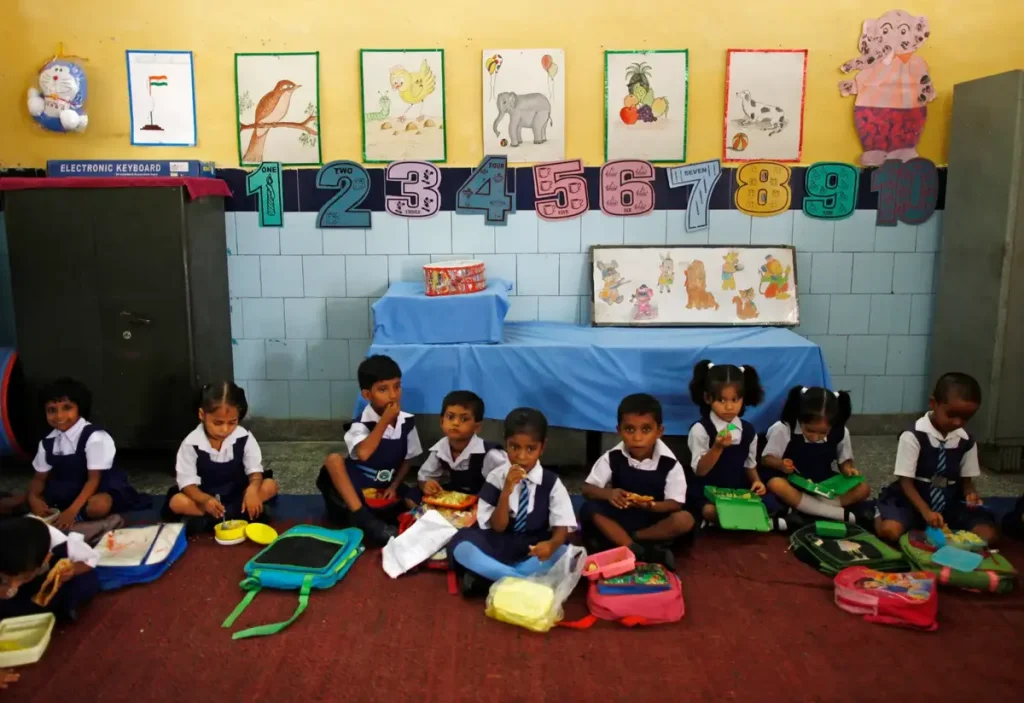The Psychological Impact of Home-Based Preschools in India: A Developmental Perspective

In India, many preschools operate from residential houses, offering a home-like learning environment. While this setup is convenient and affordable, it lacks the structured infrastructure seen in developed countries, where preschools are purpose-built with dedicated learning spaces.
For a child, moving from one house (home) to another (preschool) without a significant environmental shift can blur the line between play and structured learning. This can impact cognitive, social, and physical development, making the transition to formal schooling challenging.
Let’s explore the key differences between home-based and purpose-built preschools and understand how structured early learning environments can shape a child’s future.
Home-Based vs. Purpose-Built Preschools: Key Differences
| Developmental Factor | Home-Based Preschool (Common in India) | Purpose-Built Preschool (Ideal Learning Setup) |
| Cognitive Development | Learning happens in a familiar setting, making it difficult to separate home life from structured education. | Well-designed spaces help children mentally associate school with learning, discipline, and routine. |
| Learning Environment | Repurposed home spaces with limited interactive elements. May lack essential learning tools. | Classrooms designed for sensory engagement, with dedicated activity zones, play corners, and interactive learning aids. |
| Social Interaction | Limited number of children due to space constraints, leading to minimal peer engagement. | Larger peer groups encourage teamwork, communication, and emotional intelligence. |
| Physical Growth | Small play areas restrict movement. Outdoor activities are often compromised. | Spacious play areas with learning setups promote gross and fine motor skills. |
| Independence & Adaptability | Overprotective caregiving may lead to dependency, slowing skill development. | Encourages self-help skills such as organizing belongings, independent eating, and self-discipline. |
| Transition to Formal Schooling | Sudden transition to a structured environment can cause stress and anxiety. | Familiarity with structured routines makes primary school adaptation smoother and stress-free. |
Why Structured Preschools Are the Future of Early Education in India
1. Better Cognitive Development
A well-defined preschool setting enhances focus, critical thinking, and problem-solving skills. Children learn to differentiate between home and school, making learning more structured and effective.
2. Stronger Social & Emotional Skills
A diverse peer group fosters adaptability, confidence, and teamwork. Children develop social awareness and communication skills, essential for future learning environments.
3. Enhanced Motor & Sensory Skills
Dedicated play areas encourage physical activity, promoting balance, coordination, and sensory exploration—crucial for overall brain development.
4. Smooth School Transition
A structured preschool helps children develop routines, discipline, and self-reliance, ensuring a seamless transition to formal schooling.
Interesting Read
The Road Ahead: Transforming Indian Preschool Education
While home-based preschools have grown due to affordability and accessibility, the need for purpose-built learning spaces is more crucial than ever. Investing in well-structured preschool infrastructure will ensure that Indian children receive:
- A stimulating environment for holistic learning
- A structured approach to early education
- A smooth transition to primary schooling
Preschools of India aims to bridge this gap by promoting quality early education across the country. If you’re a preschool owner, educator, or parent, join us in shaping the future of early learning!
